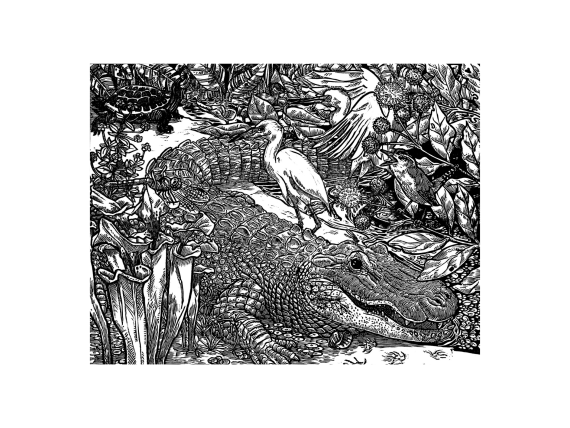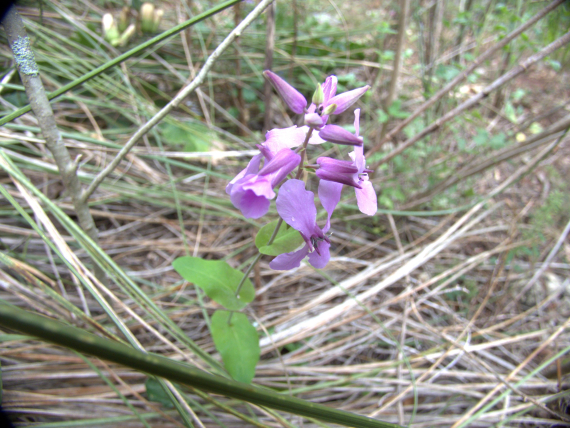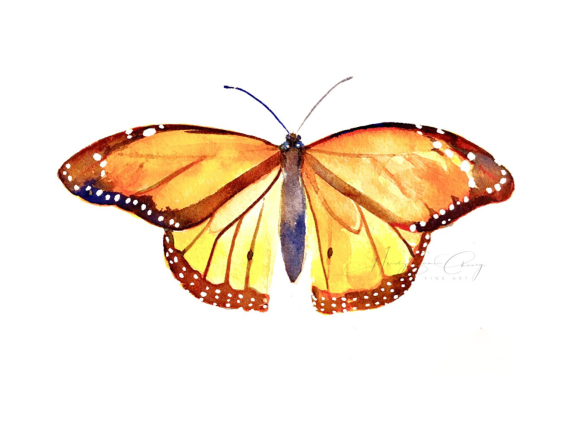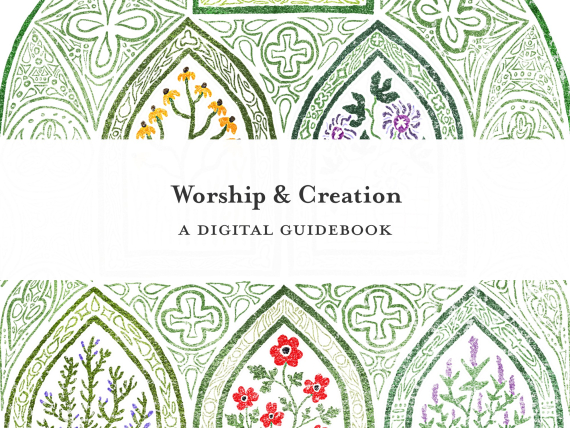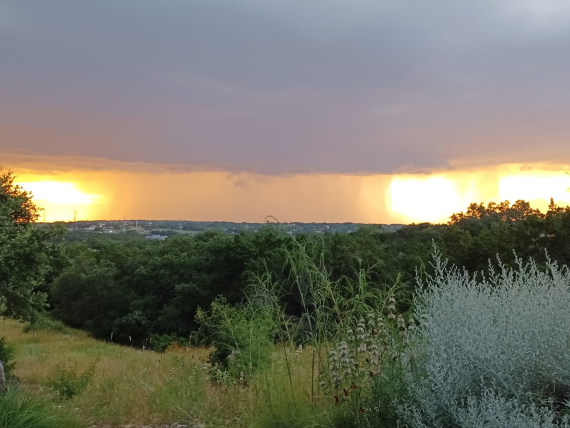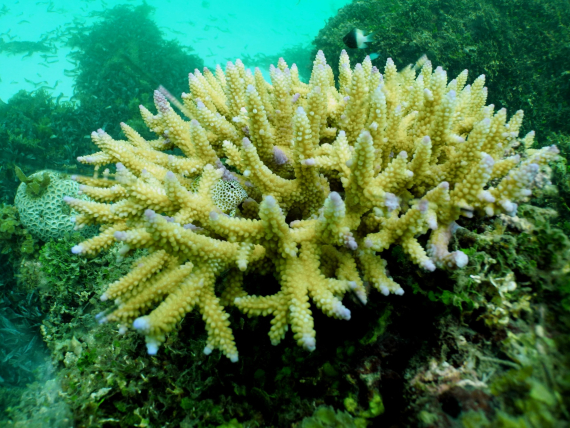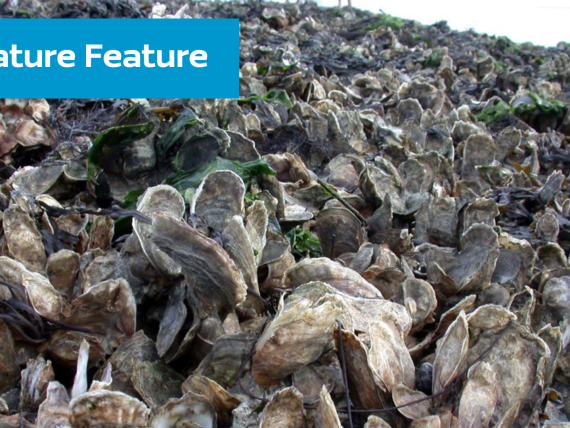The Language of Lilies: A Review of “Birds in the Sky, Fish in the Sea”
By Hannah Hubin. Reading “Birds in the Sky, Fish in the Sea” feels a bit like learning another language, which means I must admit that the life within my own backyard often feels “foreign” to me – another vocabulary, another planet… Dickerson and Clark gently acquaint us with our own world and remind us that we are all called to know and care for a beautiful and groaning creation.

